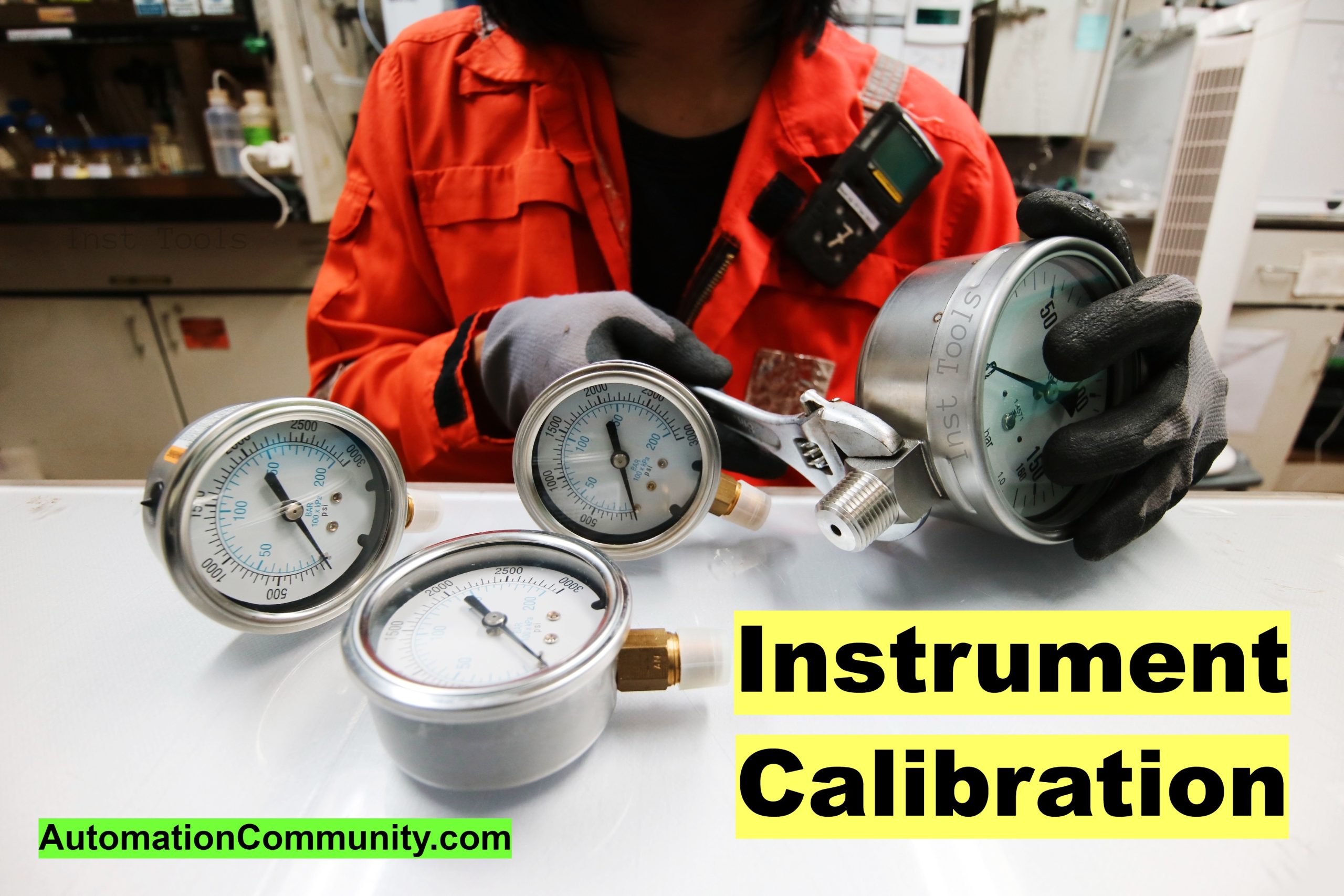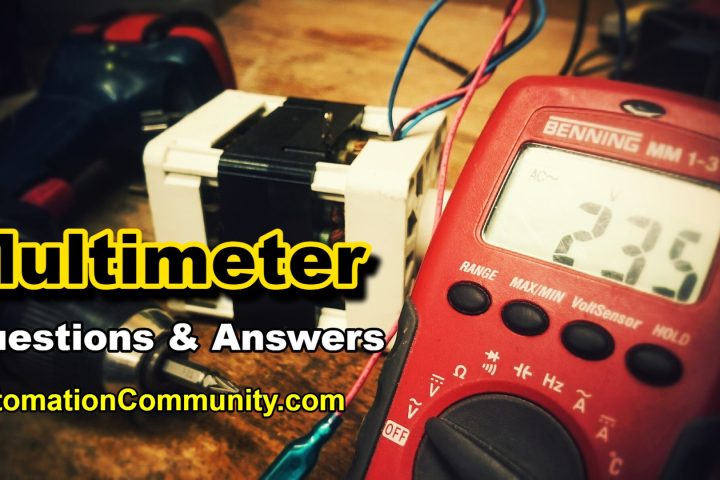Instrument Calibration Questions and Answers
If you use measuring instruments or equipment for your work, you know how important it is to ensure their accuracy. This is where instrument calibration comes into play. In this question-and-answer guide, we will explore some common questions related to instrument calibration, such as the difference between accredited and traceable calibration, the recommended calibration interval, and the importance of “as found/as left” data. Whether you are new to calibration or have some experience with it, this guide will provide useful information to help you ensure the accuracy of your instruments.
Instrument Calibration Questions

What is Calibration?
Calibration is the process of comparing readings on one instrument with another instrument that has been calibrated and referenced to a known set of parameters.
The equipment used as a reference should be directly traceable to equipment that is calibrated to the national standard.
Why is calibration important for measuring instruments?
An instrument’s measurement accuracy degrades over time due to wear and tear, shocks, and the environment it is in. Calibration improves the accuracy of the measuring device, giving the instrument user confidence in their results.
Calibration also provides knowledge and evidence of how the instrument measures now and over time, as well as reliability in knowing that the instrument works correctly.
What is adjustment and how does it differ from calibration?
A: Adjustment is a process by which an instrument is aligned or balanced to minimize measuring deviation from the setpoint value and within the allowable tolerances specified for the instrument.
The process of adjustment causes a permanent change to the measuring instrument.
What is traceability and why is it important in calibration?
Traceability is the process by which the measured value indicated by a measuring instrument can be compared to the national standard for the given measured quantity in one or several steps.
What is the purpose of calibration according to the International Laboratory Accreditation Cooperation (ILAC)?
According to the International Laboratory Accreditation Cooperation (ILAC), the purpose of calibration is to know the uncertainty that can be achieved with the measuring instrument and confirm whether there has been any alteration of the measuring instrument that could create doubt about the results.
And improve the estimation of the deviation between a reference value and the value obtained using a measurement instrument, as well as the uncertainty in this deviation, at the time the instrument is actually used.
How can you check if the equipment has been calibrated?
Calibration certificates are always provided with equipment calibrated at calibration laboratories/centers. Each calibrated item is accompanied by a sticker printed with pertinent data such as serial number and calibration date, which is attached to the equipment when possible.
For small items like transducers with insufficient space for stickers, the sticker is attached to the box. If there is no free space available on the equipment and there is no dedicated box, the sticker is delivered together with the printed certificate.
Why should a new instrument be calibrated, even if it came directly from the factory?
It may be a legal requirement or necessary to track calibration data from the time of initial purchase. This allows for the comparison of measurement results over time.
Is it sufficient to send instruments for calibration every second year?
It depends on how accurate you want it to be. Equipment used on a daily basis will have a shorter calibration cycle than equipment used, for example, once a month.
Annual calibration is strongly recommended for all devices to minimize the risk of questionable measurements.
When should an instrument be re-calibrated?
It is recommended to begin a calibration history from day one and re-calibrate once a year (or as per plant philosophy). This enables the comparison of measurement results over time.
What is the difference between accredited and traceable calibration?
Accredited calibration is approved by national and international bodies such as the ILAC, while traceable calibration follows the same standards but lacks explicit approval by an official governing body.
Why should we choose accredited calibration? Isn’t traceable calibration enough?
Accredited calibration is necessary if you or your customers want to publicize the measurement results or fulfill requirements in quality processes such as ISO certification.
The certificate obtained from accredited calibration can also be used as legally acceptable documentation.
Is it sufficient to use a calibrator?
No. A calibrator is used to verify the instrument just before and after a field measurement and cannot replace periodic calibration in a laboratory.
What is required for a calibration laboratory in order to achieve accreditation?
To achieve accreditation, a calibration laboratory needs a quality policy that fulfills the requirements of ISO 17025.
This includes physical premises, methodology, procedures, traceability, technical skills, and record documents.
What Does Traceability of Calibration Mean?
Traceability of calibration means that the results on the instrument’s calibration certificate need to be traceable to the standard used, and the results on the certificate for the standard are in turn traceable to the standard used for its calibration. This provides confidence in the validity of the calibration results.
What is the recommended calibration interval?
There is no single correct answer to this question as the calibration interval depends on various factors such as the measured quantity, allowable tolerance range, stress to which the equipment is subjected, stability of past calibrations, required measuring accuracy, and quality assurance requirements.
The recommended calibration interval is typically 1 to 3 years, but deviations from this rule can be specified by the customer in the purchase order and delivery note.
What is the difference between calibration and verification?
Calibration compensates for any lack of trueness by applying a correction, while verification indicates that the measurement error is smaller than the maximum permissible error defined by the user.
Is “as found/as left” data necessary?
While measurement data is not absolutely required, it is highly recommended for most quality programs.
As found/as left data helps to determine where within tolerance requirements the instrument was found and returned to the customer, evaluate the impact of out-of-tolerance readings on processes, and evaluate the performance of the instrument to determine the appropriate calibration interval.
Read Next:














